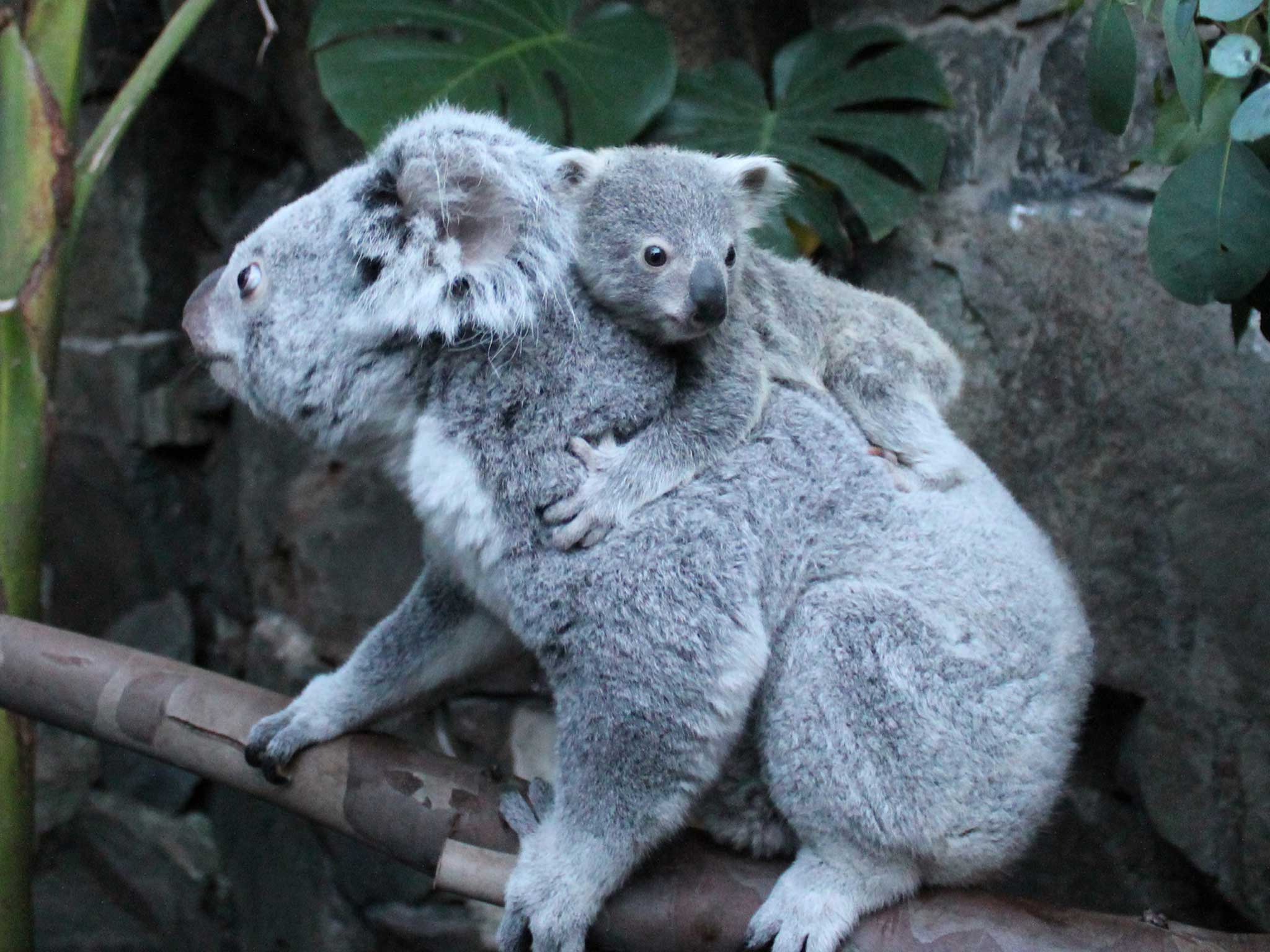A new plan to save Australian wildlife prioritises saving species which add the most to the economy. But is this a mercenary approach, or just good sense?

If you have nearly 100 critically endangered animals, how do you target limited conservation resources? Australian scientists have come up with one solution, using a mathematical equation to determine which species should be saved and which let go.
The formula, devised by Queensland University experts, involves working out the benefit in dollar terms of an endangered species surviving, multiplying it by the likelihood of a conservation programme succeeding, then dividing that figure by the programme’s cost. The koala, for instance, is estimated to be worth $1m (£553,906) a year, in tourism dollars, to New South Wales.
Conservation by numbers – or, as one headline writer put it, “survival of the cheapest” – may sound rather mercenary, however, proponents say it is more efficient and effective than the traditional approach, which is to direct money and energy towards species at greatest risk of extinction. Already adopted by New Zealand and under consideration in Australia, it reflects the practical impossibility of rescuing all of Australia’s threatened plants and animals from the brink.
Critics, though, are uneasy about the idea of accepting some extinctions as inevitable, and they believe governments should be devoting more resources to the fight to preserve the country’s unique wildlife. They also fear that the strategy will favour “charismatic” species over, say, an obscure bat or stick insect.
Australia already has the world’s worst record for mammal conservation, accounting for nearly one-third of all mammal extinctions globally over the last 200 years. More than 100 native plants and animals have vanished since European colonisation.
The problem is global. An Australian marine geophysicist, Professor Mike Coffin, warned a conference last weekend that humans are on course to wipe out three-quarters of the Earth’s species in the next 240 to 500 years – an event known as a mass extinction.
Professor Hugh Possingham, director of Queensland University’s Centre for Excellence in Environmental Decisions, believes many more could be saved if a “rational mathematical approach” – of which he is a pioneer – was adopted. It “tells you the best course of action to save as many species as possible,” he told Fairfax Media.
A professor of both ecology and mathematics, he concedes that “prioritisation is as much about losers as winners”, adding that “it’s not something governments want to talk about, because in the process they have to admit they can’t save everything.”
In New South Wales, which adopted the strategy last month, species which would score highly under the algorithm – and thus would be prioritised in terms of funding – include the masked owl and yellow-spotted bell frog. Those given a lower priority would include the purple-crowned lorikeet.
Calculation of “benefit” is based not only on the economic value of a species, but factors such as its role in an eco-system. Flying foxes (large fruit bats), for instance, perform a vital function because they disperse fruit and pollinate trees.
To some critics, the approach – which targets species with the best chance of survival – is philosophically unacceptable. Belinda Fairbrother, New South Wales campaign manager for the Wilderness Society, told Fairfax that government funding for conservation was “grossly inadequate”.
Professor Possingham acknowledges that many more species could be saved if funding was increased. Writing in "The Conversation", an online academic forum, he noted that about A$3m is currently spent each year on conserving threatened Australian birds – a sum equivalent to less than one per cent of the weekly defence budget.
If that sum were tripled, the number of bird extinctions over the next 80 years could be reduced to almost zero, he wrote, and the number of threatened species cut by about 15 per cent.
New Zealand was the first country to apply the algorithm, adopting it about five years ago. Richard Maloney, a senior New Zealand scientist who has been advising the New South Wales government, said 300 threatened species had been identified as most likely to benefit from conservation measures. Early results indicated “a fantastic improvement”, he said.
Subscribe to Independent Premium to bookmark this article
Want to bookmark your favourite articles and stories to read or reference later? Start your Independent Premium subscription today.

Join our commenting forum
Join thought-provoking conversations, follow other Independent readers and see their replies